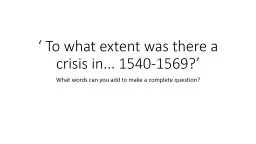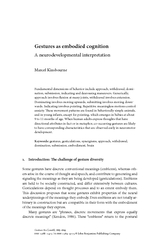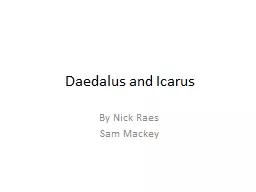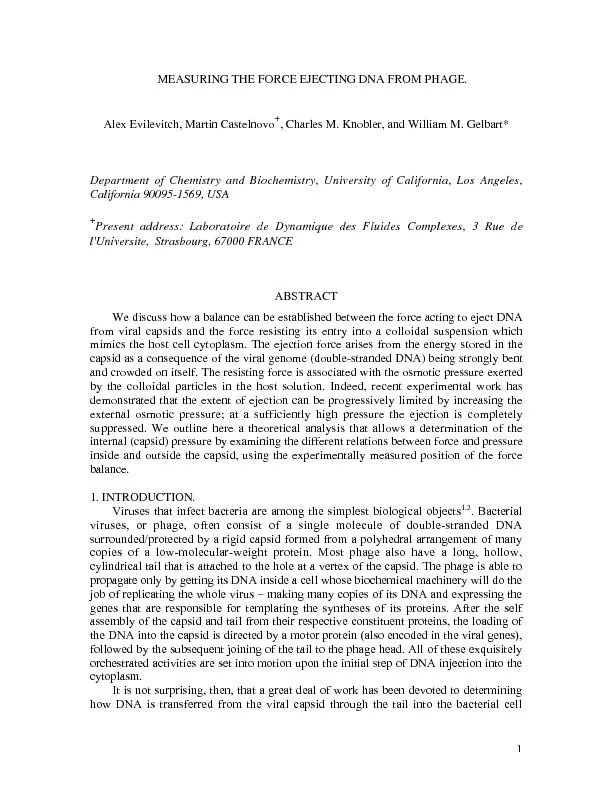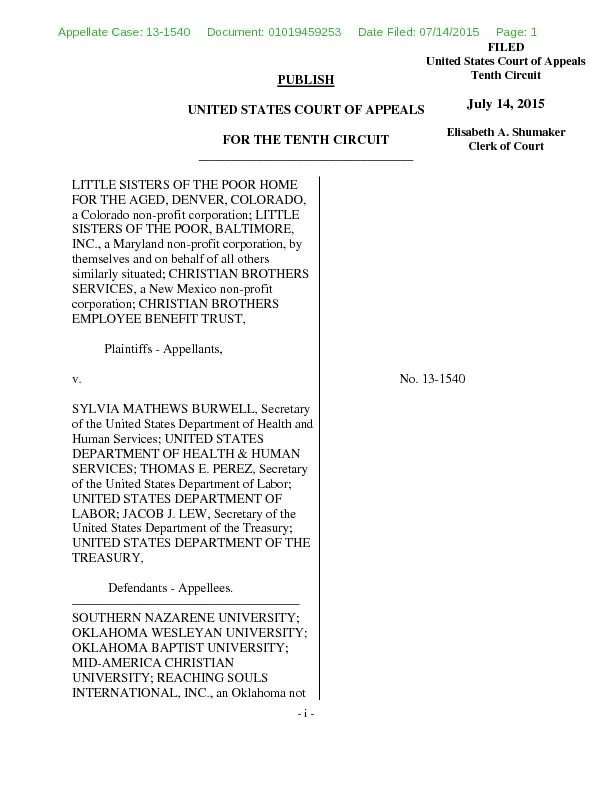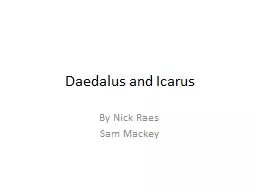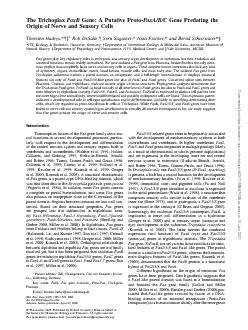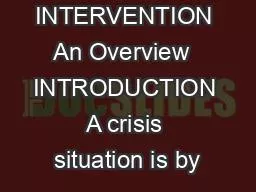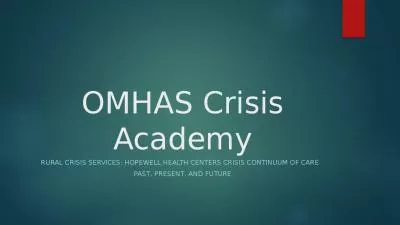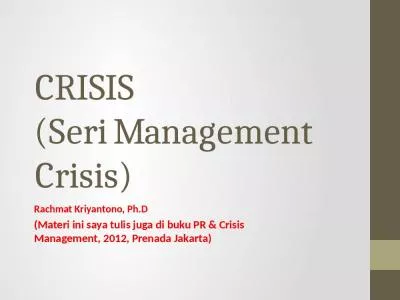PPT-‘ To what extent was there a crisis in... 1540-1569?’
Author : kittie-lecroy | Published Date : 2019-11-25
To what extent was there a crisis in 15401569 What words can you add to make a complete question The 6 key Tudor Questions How effectively did the Tudors restore
Presentation Embed Code
Download Presentation
Download Presentation The PPT/PDF document "‘ To what extent was there a crisis in..." is the property of its rightful owner. Permission is granted to download and print the materials on this website for personal, non-commercial use only, and to display it on your personal computer provided you do not modify the materials and that you retain all copyright notices contained in the materials. By downloading content from our website, you accept the terms of this agreement.
‘ To what extent was there a crisis in... 1540-1569?’: Transcript
Download Rules Of Document
"‘ To what extent was there a crisis in... 1540-1569?’"The content belongs to its owner. You may download and print it for personal use, without modification, and keep all copyright notices. By downloading, you agree to these terms.
Related Documents

